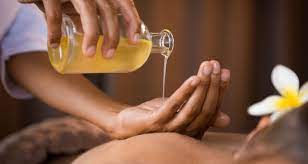Massage, an ancient practice tracing back thousands of years, has transcended cultural boundaries and evolved into a revered form of therapy celebrated for its physical, mental, and emotional benefits. From luxurious spas to therapeutic clinics, the art of 홈타이 continues to captivate people seeking relaxation, pain relief, and holistic well-being.
A Historical Tapestry: Origins and Evolution
The roots of massage can be traced to various ancient civilizations, including Chinese, Egyptian, Indian, and Greek cultures. Each culture contributed unique techniques and philosophies that shaped the diverse landscape of massage therapy we see today.
In China, massage was considered an integral aspect of traditional Chinese medicine (TCM), focusing on stimulating energy flow through meridians to promote healing. India’s Ayurvedic tradition emphasized the use of oils and specific strokes to balance the body’s doshas, while in ancient Greece, Hippocrates championed massage for its therapeutic benefits.
Over centuries, massage techniques have evolved and diversified, influenced by cultural exchanges, medical advancements, and scientific discoveries. Today, various modalities like Swedish, deep tissue, Thai, shiatsu, and reflexology showcase the richness of this art, catering to different needs and preferences.


